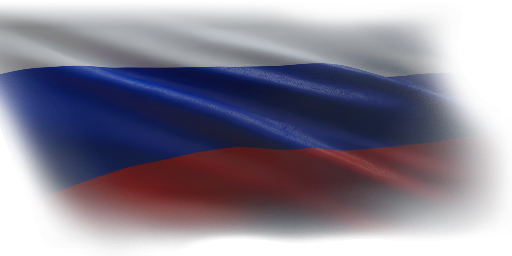
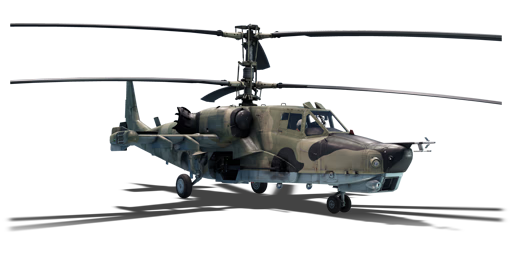


The Ka-50 (NATO Code: Hokum-A) is a Soviet attack helicopter developed in the 1980s with the intent to complement the capabilities of other helicopters, such as the Mi-24. It emerged as the successor to the Kamov V-80, aiming to address the shortcomings of conventional helicopters in terms of stability, manoeuvrability, and anti-tank capabilities. It was specifically designed for anti-tank warfare and is armed with a wide range of weapons, including guided missiles and a 30 mm cannon. Its unique rotor system allows for precise control, stability, and improved aerobatic qualities. Unlike most Kamov designs, the Ka-50 features a single-seat cockpit, most likely to reduce weight and increase agility. Additionally, the helicopter is equipped with advanced avionics and sensor systems, enhancing its reconnaissance and target acquisition capabilities.
The Ka-50 was introduced in Update 1.93 "Shark Attack" as a premium pack. It features a wide variety of gameplay due to the durable airframe and potent armament options. One of its standout features is the 9K127 Vikhr missile, which provides the helicopter with the capability to engage targets from long distances, further enhancing its effectiveness in combat.
| Belt | Belt filling | Armor penetration (mm) at a distance: | |||||
|---|---|---|---|---|---|---|---|
| 10 m | 100 m | 500 m | 1000 m | 1500 m | 2000 m | ||
| AP-T/HEF-I | 65 | 63 | 53 | 44 | 36 | 29 | |
| APDS/AP-T/HEF-I/HEF-I | 82 | 81 | 79 | 75 | 72 | 69 | |
| APDS | 82 | 81 | 79 | 75 | 72 | 69 | |
| HEF-T/AP-T/HEF-I/HEF-I | 65 | 63 | 53 | 44 | 36 | 29 | |
| Name | Weight | Slot | ||||||
|---|---|---|---|---|---|---|---|---|
| 2 × | 21.2 kg | 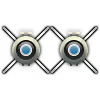 | ||||||
| 20 × | 326 kg | 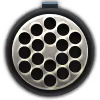 |  |  |  | |||
| 6 × | 294 kg | 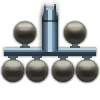 |  | |||||
| 250 kg |  |  |  |  | ||||
| 163.8 kg | 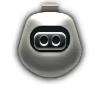 |  |  |  | ||||
| 508.3 kg | 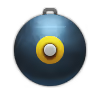 |  | ||||||







 2 x (50 / 240 / 365) %
2 x (50 / 240 / 365) % 
 2 x 232 %
2 x 232 % 

Flight performance |
|---|
Survivability |
|---|
Weaponry | ||
|---|---|---|
